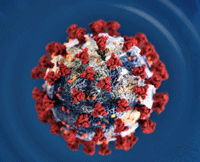
This document is intended to provide guidance to help recyclers operate safely and minimize the potential for exposure to COVID-19. It has been developed based on public information provided by CDC, OSHA and other expert sources. However, as there is still a lot that is not known about COVID-19, ISRI encourages you to make sure to check both ISRI’s COVID-19 resource page on its website and the CDC website often for changes and updates. ISRI will also continue to send updated information directly to all members by email.